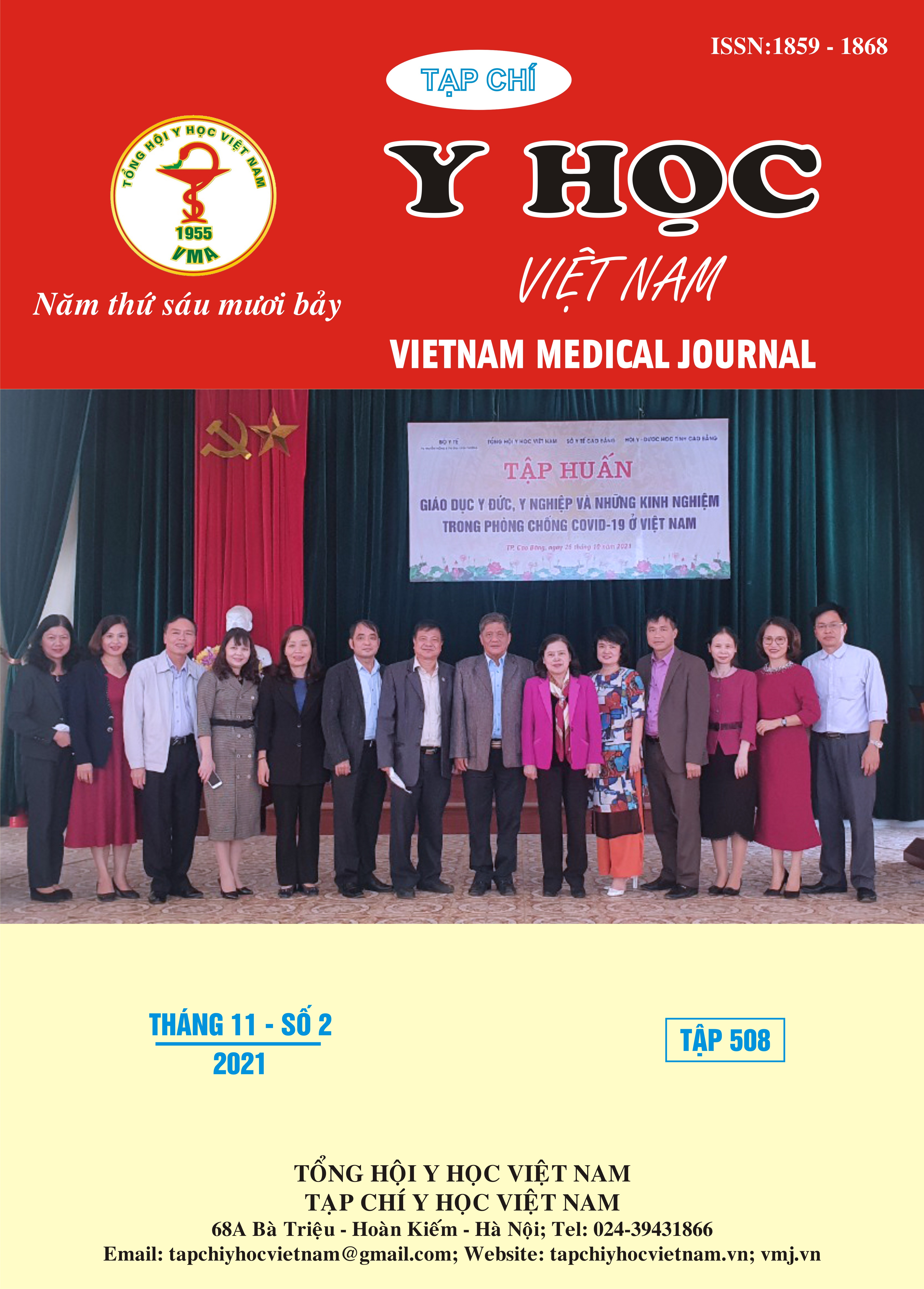RESULTS ARTHROSCOPIC KNEE FIXATION OF DISPLACED COMMUNITED ANTERIOR CRUCIATE LIGAMENT (ACL) AVULSION FRACTURES
Main Article Content
Abstract
Background: The Anterior cruciate ligament (ACL) avulsion which was classified by Meyers and McKeever was displaced comminuted fractures. Now, arthroscopic reduction, surgical repair is emerging as the state-of-the-art challenge of treatment. Objectives: The aim of our study was to assess the clinical and radiological results of arthroscopic Suture fixation with PDS IIin the management of ACL avulsion fractures. Materials and Methods of study: From 01 Jan 2015 to 30 June 2021, 33 cases of ACL tipial avulsions i were treated with Arthroscopic reduction, internal fixationusing nonabsorbable sutures passed through drill holes and tied together in the tibial tubercle is now preferred. Method of study is desciptive prospective. All patients were assessed clinically by calculating their Lysholm, Noyes scores and Lachmann test, ROM of knee, and the radiological union was assessed in the followup radiographs. Results: There are 33 patients. The mean age was 30 years with a mean followup of 14 months. The mean Lysholm score was 95 and IKDC 27 case type A and all other case B. In 31 (93,9%) patients Lachman test was negative at the end of final. ROM of knee in 33 cases is normal. Associated knee injuries were found in 11 cases. The final outcome was not greatly influenced by the presence of associated injuries when treated simultaneously. At final followup all the patients were able to return to their pre- injury occupation..The radiological union was observed in all cases. No case was infectious in post-opperation. Repair using nonabsorbable suture fixation, when of adequate strength to allow early range-of-motion, has the advantages of eliminating the risks of comminution of the fracture fragment, posterior neurovascular injury, and without hardware removal, compared with internal fixation using screws. Conclusion: Arthroscopic suture fixation is a safe and reliable method for producing clinical and radiological outcome in displaced communited ACL avulsion fractures. Arthroscopic anatomic reduction, internal fixationusing PDS II nonabsorbable sutures passed through drill holes and tied together in the tibial tubercle is favor for healing ligament.
Article Details
Keywords
Anterior cruciate ligament (ACL) avulsion, arthroscopy
References
2. H.Netter, Frank (2012), Atlas giải phẫu người, lần 5, Nhà xuất bản Y học, Hà Nội.
3. Quàng Văn Hải (2013), Đánh giá kết quả điều trị bong điểm bám dây chằng chéo trước khớp gối bằng phẫu thuật nội soi tại Bệnh viện Việt Đức, Luận văn thạc sĩ y học, Học viện Quân y.
4. Lê Hanh (2005), Đánh giá kết quả điều trị bong điểm bám dây chằng chéo trước khớp gối bằng kỹ thuật nội soi, Luận văn thạc sĩ y học, Học viện Quân y.
5. Nguyễn Xuân Thùy (2013), Phẫu thuật nội soi khớp gối, Nhà xuất bản Y học, Hà Nội.
6. Zaricznyj B (1977), "Avulsion fracture of the tibial eminence: treatment by open reduction and pinning", J Bone Joint Surg Am. 59(8), pp. 1111-4.
7. Gans, I., Babatunde, O. M., and Ganley, T. J. (2013), "Hybrid fixation of tibial eminence fractures in skeletally immature patients", Arthrosc Tech. 2(3), pp. e237-42.
8. Kobayashi, S., et al. (2018), "Arthroscopic Treatment of Tibial Eminence Avulsion Fracture With Suture Tensioning Technique", Arthrosc Tech. 7(3), pp. e251-e256.
9. Meyers, M. H. and Mc, Keever Fm (1959), "Fracture of the intercondylar eminence of the tibia", J Bone Joint Surg Am. 41-a(2), pp. 209-20; discussion 220-2.


